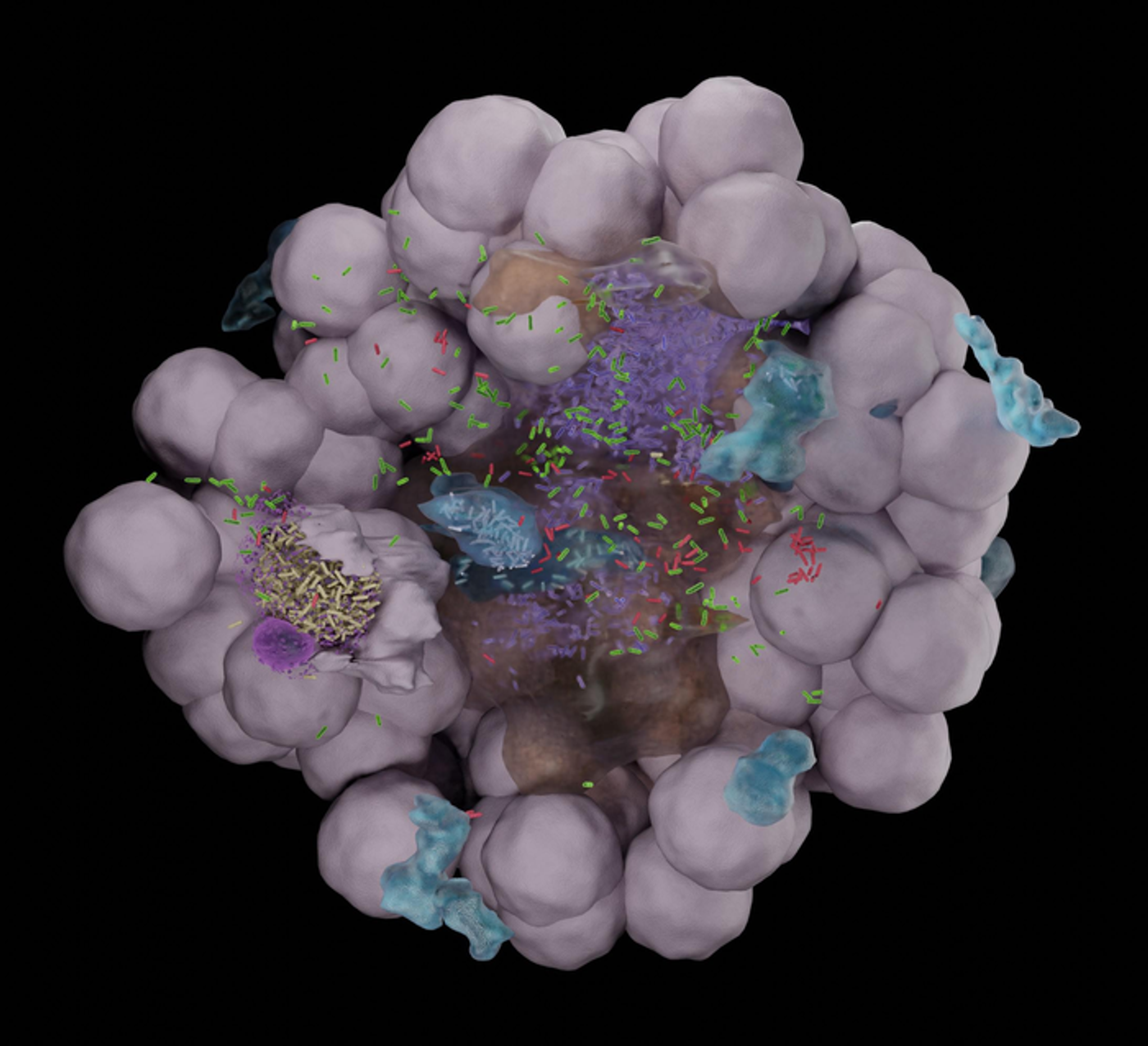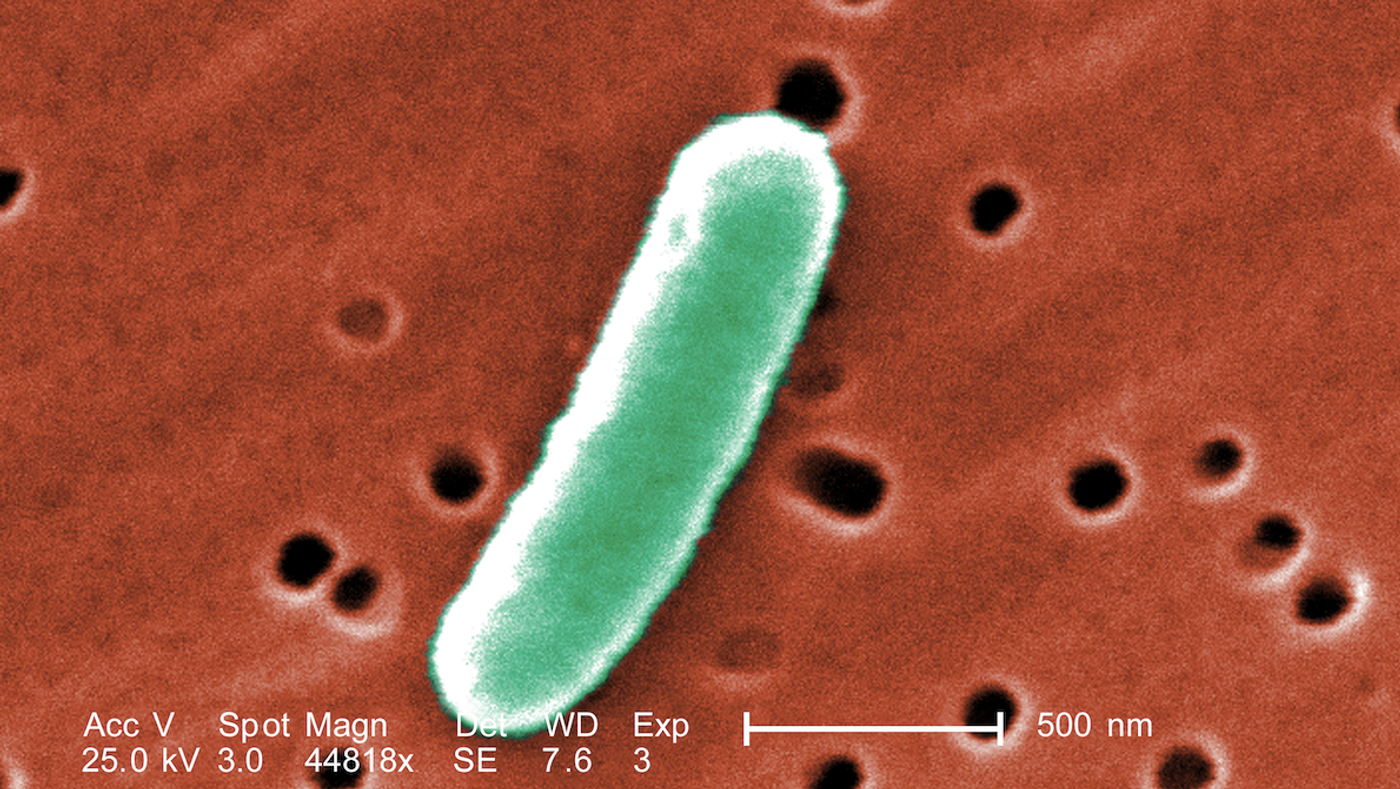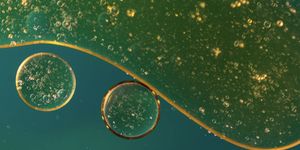New UTI Models Reveal More About These Tough Infections
If bacteria, usually Escherichia coli, get into the urethra, they can cause a urinary tract infection (UTI). These are some of the most common bacterial infections. Antibiotics can usually eliminate the infection, but about 25 percent of UTI patients will develop a chronic, recurrent infection. UTI-causing bacteria, often called uropathogenic Escherichia coli (UPEC) may be free-floating in urine. In the early stages of infection, it can form communities inside of cells, which the bladder has difficulty removing. The UPEC may even co-exist in cells with other bacteria.
When UPEC communities have successfully colonized the bladder, many physiological changes begin to occur; the pathogenic cells penetrate deeper and become harder to remove, and there's usually a strong immune response. But what we know about these stages of urinary tract infection comes from a mouse model. Now researchers have created a simplified human model using organoids to learn more about the mechanisms underlying UTIs.
"Infection dynamics are difficult to capture from static imaging of tissue explants at serial time points," explained the lead author of two studies on the topic, Kunal Sharma. "Thus far, in vitro models have not recapitulated bladder architecture with sufficient fidelity to study the time course of these events."
In the lab of Professor John McKinney at EPFL's School of Life Sciences, bladder organoids were created that mimicked the three-dimensional architecture of the bladder wall lining, or epithelium. The miniature models have a functional physiology that's similar to what's seen in humans; the work was published in Cell Reports. The researchers also made a bladder-on-a-chip to simulate the connections between blood vessels and bladder tissue; those findings were reported in eLife.
Within the organoids, a protein in the cell membranes was labeled, and bacterial niches were identified using live-cell confocal imaging, noted Sharma. "By imaging multiple organoids, we managed to identify heterogeneity and diverse outcomes of host-pathogen interactions. This proof-of-concept system has shown promising potential for follow up studies on bacterial persistence to antibiotics and the dynamics of immune cell responses to infection."
The organoid model suggested that solitary pathogenic bacteria can move into the deep layers of the badder very quickly, regardless of how the intracellular bacterial communities form. Once in the deep cell layers, the invasive bacteria are shielded from the immune system and antibiotics.
With the bladder-on-a-chip, the scientists could grow various types of human cells on a channel filled with diluted urine, infect the cells with UPEC, and image the movement of the bacteria over time. They could also mimic mechanical forces like the stretching of the bladder, or add immune cells to observe how the dynamics of the bacteria changed. The research indicated that the UPEC are highly resistant to the effects of both antibiotics and immune cells. Antibiotics were much better at killing free-floating bacteria than they were at eliminating bacteria that had infected cells. The immune cells would sometimes release a net-like substance to trap the bacteria, but they only caught bacteria that was moving around, and not the bacterial cells that had infected epithelial cells.
This research and additional findings using these new models may help scientists develop better treatments for UTI.
Sources: Science Daily via Ecole Polytechnique Fédérale de Lausanne (EPFL), Cell Reports, eLife










